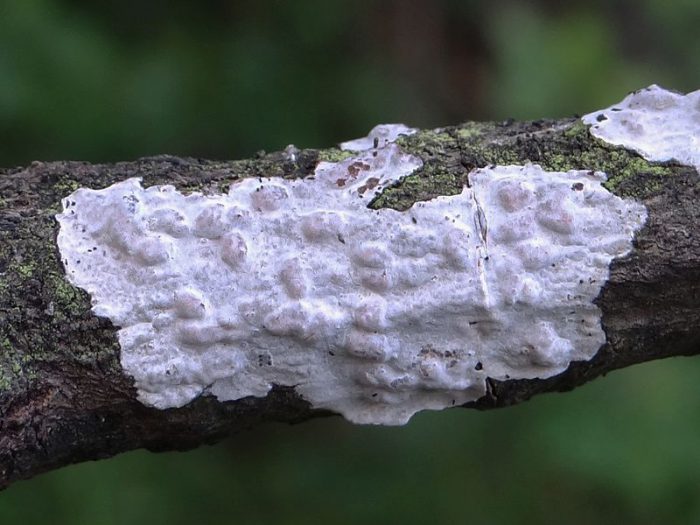Recently, a tweet from an Irish hiker got us very curious. It featured photos of a chilly phenomenon growing on some tree branches.
Hair ice!
After a minus 5 deg C night at Mullaghmore , discovered hair ice on several branches before the sun hits them, there was half a dozen places including some new ones, these on trees as you head towards the Lovers Retreat pic.twitter.com/H3oAz7fKWI
— Kenny Allen (@KennyAllen18) January 3, 2021
Instead of forming a big thick lump of hard frozen water, hair ice seems grow into thousands of thin strands of ice crystals. The strands are delicate and less than a millimetre thick. Incredible!
It got us wondering. What exactly is hair ice? Is it common? Can you braid it? And since it's a chilly weekend over here on our side of the Atlantic, too, we thought that we'd take a moment to investigate.
Frozen fungi fun

Supercalifragilistic— Exidiopsis effusa? That's one magical fungus! (Wikimedia Commons)
With almost all unusual phenomenon, there's usually a secret ingredient involved. And in the case of hair ice, that ingredient is fungus. Specifically, a fungus that appears on moist, rotting wood called Exidiopsis effusa. A 2015 study of trees in Germany confirmed that this fungus is what was causing this unusual growth. After treating the branches with a fungicide (fungus killer), the hair ice stopped growing completely.
As for exactly why the fungus causes this growth, though, scientists are not yet sure. The best guess is that there is a protein within the fungus that stops the water molecules from bonding as they normally would when being frozen—into a solid chunk. Instead, they extend into thin strands, curling away from the branch.
So the next time that you find yourself on a winter hike—especially on one that close to freezing (not extra cold)—keep your eyes peeled for hair ice. And be sure to compliment the tree on its sweet new moustache while you're at it!
 What luscious, full hair ice you have! What's your secret, Tree? Organic shampoo? (Wikimedia Commons)
What luscious, full hair ice you have! What's your secret, Tree? Organic shampoo? (Wikimedia Commons)










that is a really cool article 😆